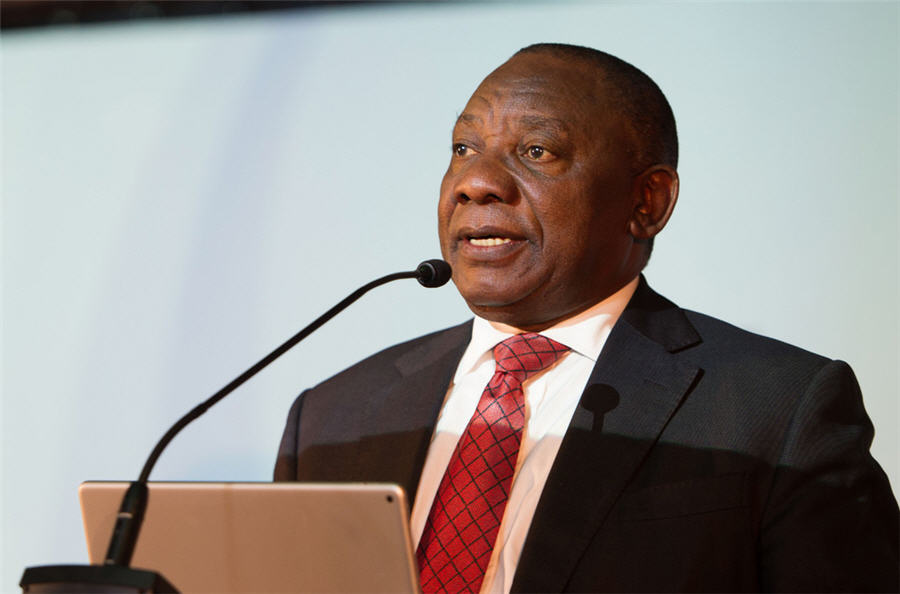Strange metals’ properties uncovered

Researchers at Flatiron Institute’s Center for Computational Quantum Physics in New York City have identified a mechanism that explains the characteristic properties of strange metals.
In a paper published in the journal Science, the researchers explain that strange metal behaviour is found in many quantum materials, including some that, with small changes, can become superconductors. That relationship suggests that understanding strange metals could help researchers identify new kinds of superconductivity.
The new theory clarifies many of the oddities about strange metals, such as why the change in electrical resistivity—a measure of how easily electrons can flow through the material as electrical current—is directly proportional to the temperature, even down to extremely low temperatures. That relationship means that a strange metal resists the flow of electrons more than an ordinary metal such as gold or copper at the same temperature.
The theory is based on a combination of two properties of strange metals. First, their electrons can become quantum mechanically entangled with one another, binding their fates, and they remain entangled even when distantly separated. Second, strange metals have a nonuniform, patchwork-like arrangement of atoms.
Neither property alone explains the oddities of strange metals, but taken together, “everything just falls into place,” lead researcher Aavishkar Patel said in a media statement.
Simplicity
The irregularity of a strange metal’s atomic layout means that the electron entanglements vary depending on where in the material the entanglement took place. That variety adds randomness to the momentum of the electrons as they move through the material and interact with each other. Instead of all flowing together, the electrons knock each other around in all directions, resulting in electrical resistance. Since the electrons collide more frequently the hotter the material gets, and the electrical resistance rises alongside the temperature.
“This interplay of entanglement and nonuniformity is a new effect; it hadn’t been considered ever before for any material,” Patel said. “In retrospect, it’s an extremely simple thing. For a long time, people were making this whole story of strange metals unnecessarily complicated, and that was just not the right thing to do.”
Patel pointed out that a better understanding of strange metals could help physicists develop and fine-tune new superconductors for applications such as quantum computers.
“There are instances where something wants to go superconducting but doesn’t quite do so, because superconductivity is blocked by another competing state,” he said. “One could ask then if the presence of these nonuniformities can destroy these other states that superconductivity competes with and leave the road open for superconductivity.”
{{ commodity.name }}
{{ post.title }}
{{ post.date }}



Comments